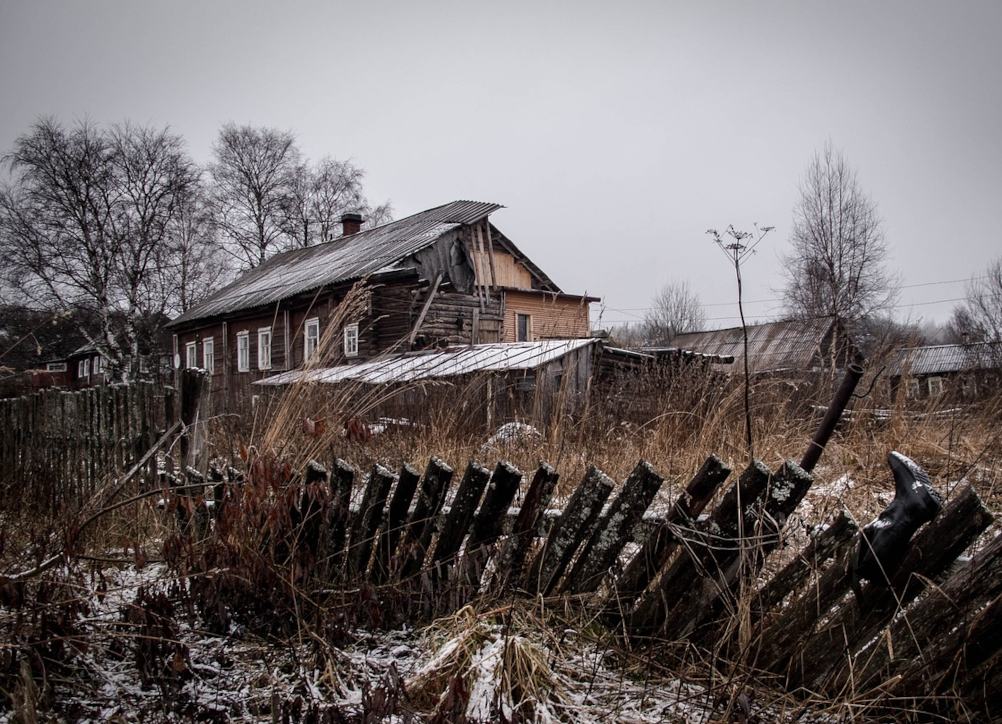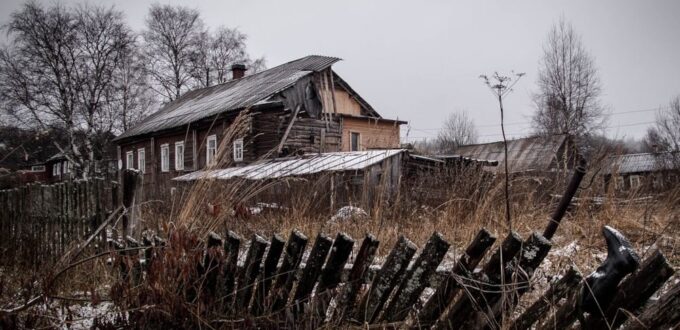
Your home might be your castle, but the boundary fence is your front line. What does it mean for your insurance if your fence is damaged or destroyed?
This article prepares you mentally for the process should you need to claim.
Are fences covered by home insurance?
Typically, home insurance covers fence damage or destruction due to:
- Vandalism and malicious acts
- Theft or burglary
- Flood or wind
- Storm
- Lightning
- Fire, including bushfires
- Impact
- Earthquake and tsunami
- Escape of liquid, such as a leak.
However, exclusions include if the fence was in poor condition, or a state of disrepair at the time of the insured event (e.g. a storm). Your policy won’t cover you for deterioration, wear and tear, including through termite damage, wood rot, or rust. The coverage also may not protect you when home renovations/alterations/extensions are ongoing.
Will the fence be repaired or replaced?
When you make your claim, be sure to provide us with photos of the damage.
The insurer will also need to know if the fence is painted on your side, including the measurement of what’s painted. Those details mean you’re claiming to repaint just your side of the fence, not your neighbour’s, too. We’ll also need to know the date of the damage. Photos help but aren’t always necessary.
Boundary fencing laws vary in each state and territory. Here’s an insight into the ones for Victoria, and Michael Yardney’s Property Update website gives a comprehensive list for each jurisdiction. Another option, if you have a fence dispute with your neighbour, is to contact your local council to help mediate.
They also may have specific fencing codes and guidelines. Check with them if they apply and if you need building approval to repair or replace your fence. There are extra precautions to take with asbestos fences. Generally, they cover how to repair, replace and remove the debris safely.
A safety & security issue
With the current shortage of builders and materials, it may take a while to replace or repair a fence. The damage could create a serious safety problem if the public or neighbouring children, for example, can access an exposed pool, pond or spa.
That’s why it’s good to check if your insurance policy covers a temporary fence to secure your property. Often, it’s provided for up to 12 weeks until a more permanent fix is made.
How is ownership divided?
Depending on your policy, insurers could cover the full cost of repairing or replacing your damaged fence. But that only occurs if you own 100% of it.
For boundary fences, you would only own half of it, so be entitled to the repair or replacement that reflects your ownership.
Why it’s usually a cash settlement
According to the Insurance Council of Australia, insurers usually settle with cash for fence damage. That’s because of shared ownership, so mostly more than one party is responsible for the repairs or replacement of the fence. At the time of making the cash settlement offer the insurer may provide you with a Cash Settlement Fact Sheet (CSFS).
A CSFS is a written document that insurers must give to consumers when they are offered a cash settlement, setting out the options available to settle their claim. A CSFS must outline the options available to a consumer, for example having their goods repaired or replaced, or receiving a cash payment.
While insurers will calculate the fence repair or replacement costs, you don’t have to accept their figure. We’d advise you to source quotes, and send them to us to bolster your case for a more appropriate figure. However, if you accept the settlement first and find the actual costs differ, be sure to send us the quote and we’ll liaise with the insurer to review the payment amount.
We’re here to help
Increase your chances of a successful claim if damage occurs by keeping your fences in good repair:
- Clean it annually with a pressure hose
- Prune trees, vines and greenery away from fences
- Treat any rust on metal fences
- Routinely inspect your fence, including screws, hinges and posts, to see if it needs specific repairs or maintenance
- Avoid putting a lot of weight on the fence
- Deal with mould as it occurs, such as on timber fences
- Rake back dirt and leaves sitting against the fence
- Paint or stain timber fences as needed, to protect the wood from rain and sun.
Be sure to involve us in supporting you with risk management and claims processing.











